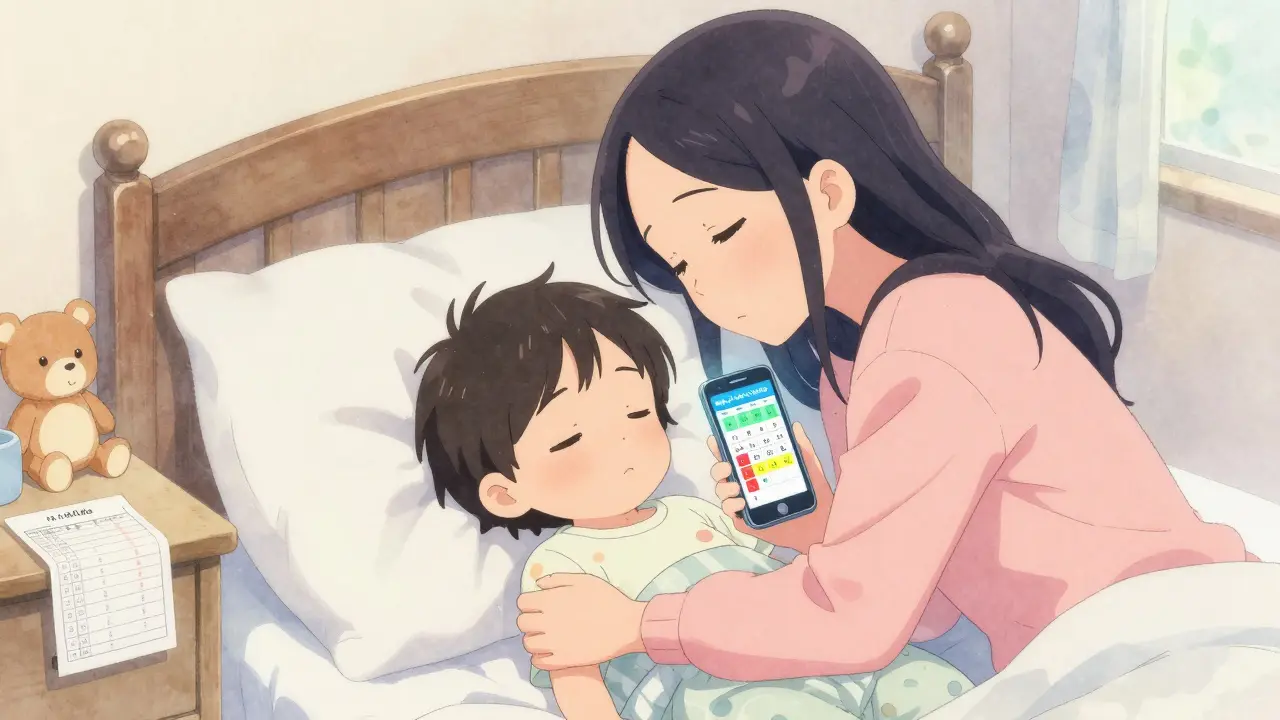Parenting: Baby Care, Diaper Rash & Safe Medication Advice
Welcome to the Parenting section at CanPharm. Here you'll find clear, practical tips for everyday baby care — from soothing a fussy night feed to treating common skin issues like diaper rash. No jargon, just what you need to spot problems and handle them safely.
One recent post you’ll want to read: “Fenticonazole for Diaper Rash: Is It Safe and Effective?” That article looks at using fenticonazole cream when a rash is caused by yeast (Candida). Short version: when a pediatrician confirms a yeast infection, topical antifungals like fenticonazole can work well if used exactly as directed. Don’t apply antifungal creams to every red bottom — they’re for fungal rashes, not simple irritation.
Diaper rash: quick facts
Diaper rash can come from different causes: friction and wetness (most common), yeast overgrowth, bacterial infection, or contact with an irritating product. Yeast rashes often look bright red with defined edges and sometimes small red bumps around the main area. If the rash is just mild redness in skin folds, a barrier cream and more frequent changes usually fix it within a day or two. If you see thick, bright red patches, raised borders, or tiny red pimples, that points more toward a yeast infection that may need an antifungal.
How to use topical antifungals safely
If a doctor recommends an antifungal like fenticonazole, follow these steps: change the diaper and gently clean the area with water, pat dry completely, apply a thin layer of the antifungal only to the affected skin, and let it dry before putting on a fresh diaper. You can use a plain barrier cream (zinc oxide) after the antifungal dries if needed. Use the medicine for the full time the doctor tells you, even if the rash looks better after a day or two. Stop and call your pediatrician if the rash gets worse, spreads beyond the diaper area, or you see open sores or pus.
Watch for warning signs: fever, poor feeding, or a baby younger than two months with any rash — these need quick medical review. Also note allergic reactions: swelling, breathing trouble, or a sudden spreading rash require emergency care.
Small practical tips: change wet diapers often, air the area when possible, avoid scented wipes or soaps, and use loose-fitting diapers. If you switch diaper brands or wipes, give the skin a few days to see if irritation improves. For frequent yeast rashes, discuss candidiasis prevention with your pediatrician; sometimes treating both baby and breastfeeding parent is advised.
Want more? Browse other Parenting posts for sleep tips, feeding guidance, and safe medication summaries. Read the full fenticonazole article for specifics on dosing and pediatric advice, and join our forum if you have a real-world question — parents and health pros share honest, practical answers.

How to Track Pediatric Doses with Apps and Dosing Charts
Track pediatric doses safely with trusted apps and dosing charts. Learn which tools clinicians use, how parents can prevent errors, and why weight-based calculations matter for children's medication safety.
Fenticonazole for Diaper Rash: Is It Safe and Effective?
In my latest blog post, I explored the use of Fenticonazole for diaper rash treatment. After researching this antifungal medication, I found that it is both safe and effective for treating diaper rash caused by yeast infections. Many parents and pediatricians recommend it as it can provide quick relief and prevent further infection. However, it's essential to use Fenticonazole as directed and consult a doctor if the rash persists or worsens. Overall, Fenticonazole appears to be a reliable option for tackling diaper rash in babies.
-
18.06.23 -
Alistair Mukondiwa -
20
- Health and Wellness (58)
- Drug Information (45)
- Pharmacy Information (19)
- Medical Conditions (17)
- Supplements (4)
- Travel Health (2)
- Parenting (2)
- Diabetes (2)
- Mental Health (2)
- Heart Health (1)
-
Hepatitis B: Understanding Chronic Infection, Antiviral Treatment, and Vaccination
20 Nov 2025 -
Subarachnoid Hemorrhage and Pregnancy: What Expectant Mothers Need to Know
1 Aug 2023 -
Build a Strong Support Network While Living with Proctitis
4 Oct 2025 -
Partial AUC: Advanced Bioequivalence Measurements Explained
1 Dec 2025 -
Unleash Your Body's Full Potential with Medium Chain Triglycerides
26 Jun 2023

17.12.25
Alistair Mukondiwa
9